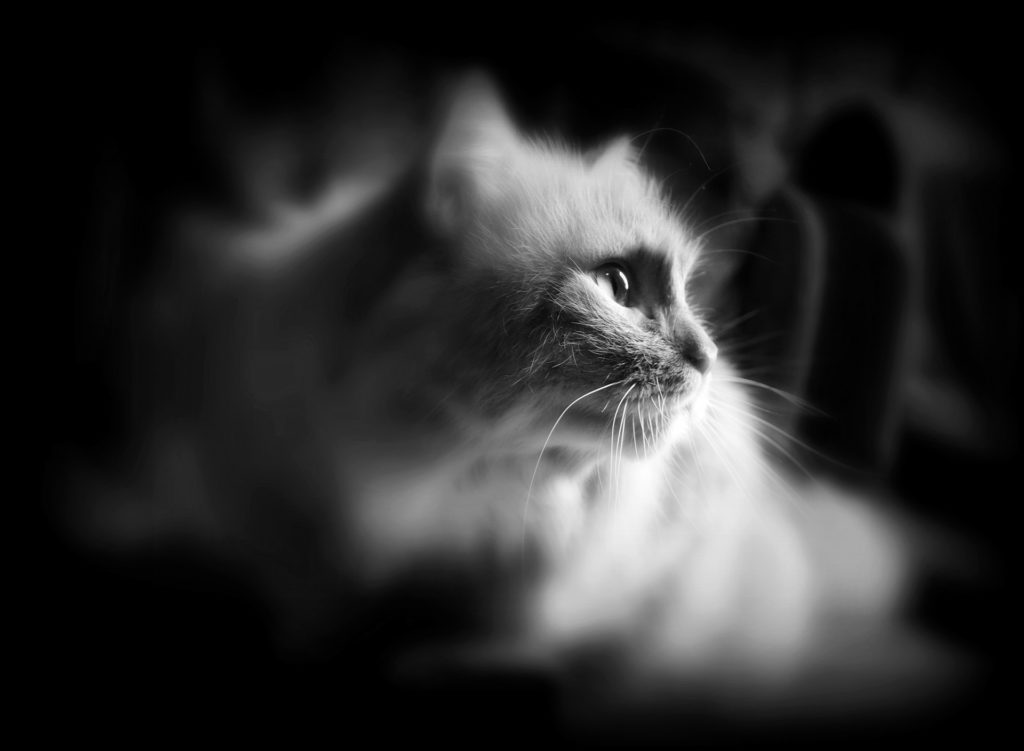Diabetes in Dogs and Cats
by Ben J. Character, DVM

Diabetes mellitus is a common problem that results in trouble regulating blood glucose (blood sugar) levels. In the normal animal, the pancreas produces insulin after a meal, which allows the sugars to be metabolized correctly. If an animal has diabetes, this process is disrupted.
The most common presentation for diabetes involves an animal that is drinking more and has an increase in the number and volume of urination. In extreme cases, the pet may be in a crisis from extremely low glucose levels, but this presentation is not common. Diabetes is similar in the dog and cat, but is handled somewhat differently due to the variable response of cats to insulin.
Most cases of diabetes respond well to a combination of therapies which often include insulin and dietary changes. The first step in controlling the diabetes is to perform a “glucose curve” test, which tells us how the pet is reacting to the dose of insulin. From there, the dosage of insulin is adjusted to keep the glucose levels within an acceptable range. Sometimes, a dietary change is made to create a diet lower in carbohydrates (sugars) and higher in fiber. It is especially common for this to be necessary in cats.
Once a dose of insulin has been established, most cases show improvement very quickly. Insulin injections are performed every day, with some cases requiring treatment twice daily. Periodic rechecks should be performed to make sure that blood glucose levels remain constant. Occasionally, spontaneous recovery occurs in cats, and all insulin therapy can be discontinued.
